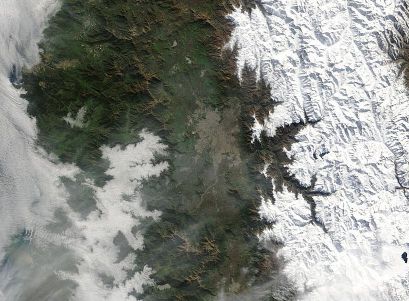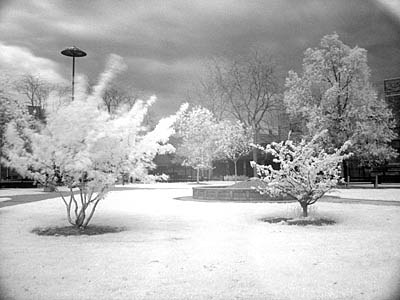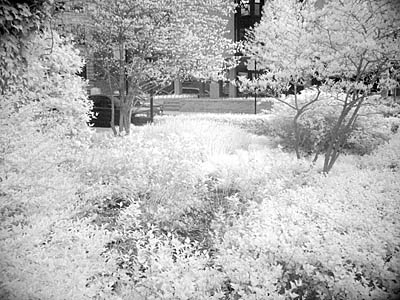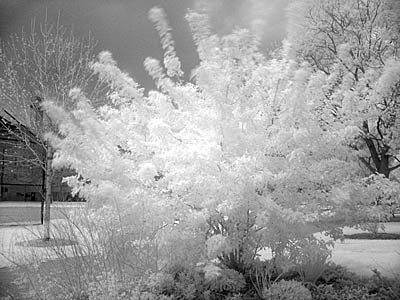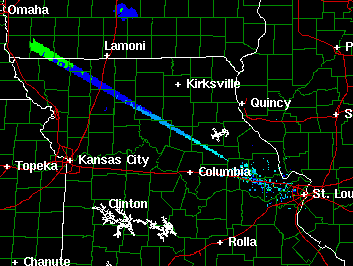
The Sun is a convenient source of radio waves. You can see this yourself by watching weather radar around sunrise or sunset. Radar works by emitting a very short pulse of microwave radiation. Then it listens for the weak returns for a short time (since a radar beam is line of sight, there is no point is listening for returns past 200 miles or so because of the curvature of the earth, or roughly 1 millisecond). The time it takes to hear the return gives you the "range" or distance to the object that reflected the beam. When the sun is low on the horizon, the radar receiver picks up the radiation as if it were a continuous return, and it's visible on all of the weather radars.
The image is of the radar from St. Louis last night at 8:28 PM CDT. You can see how the weather radar interprets a continuous return as if there were stronger reflectors further out, and how far north the sun is at this time of year near the summer solstice.
